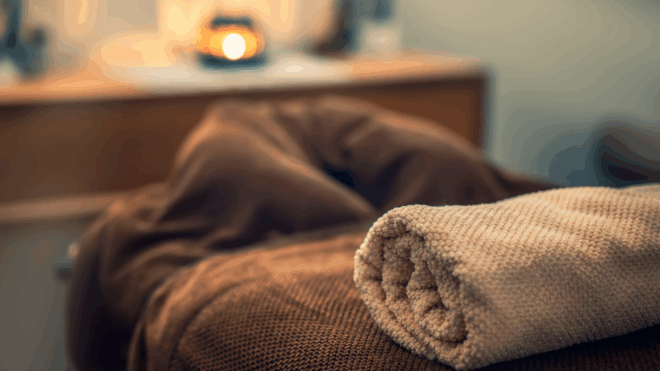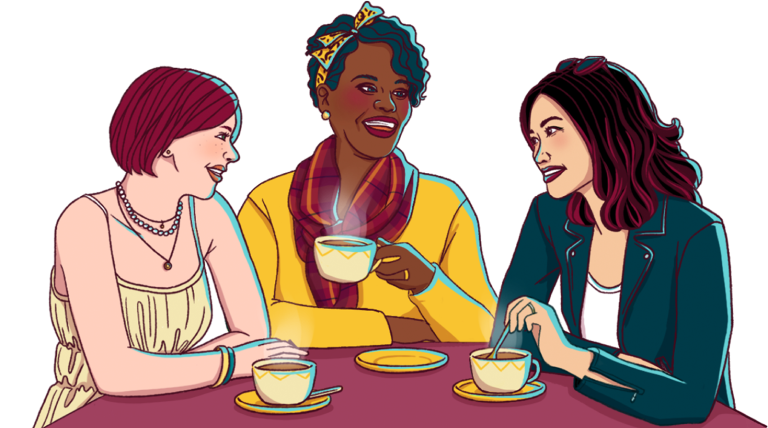Kylie Jenner is famous for her larger-than-life lips. Before she admitted to getting injections, Kylizzle told the world that she made her kisser look bigger by overdrawing them — and a major lipstick trend was born.
But overdrawn lips didn't start with Kylie. They didn't even start this century.
Overdrawn lips truly began one fateful day back in the 1930s, with a girl named Lucille Le Sueur — who you and I know as Joan Crawford.
This is Joan — then still Lucille — in 1924. She was a flapper-esque chorus girl in a Broadway play called "The Passing Show of 1924" when she was discovered.
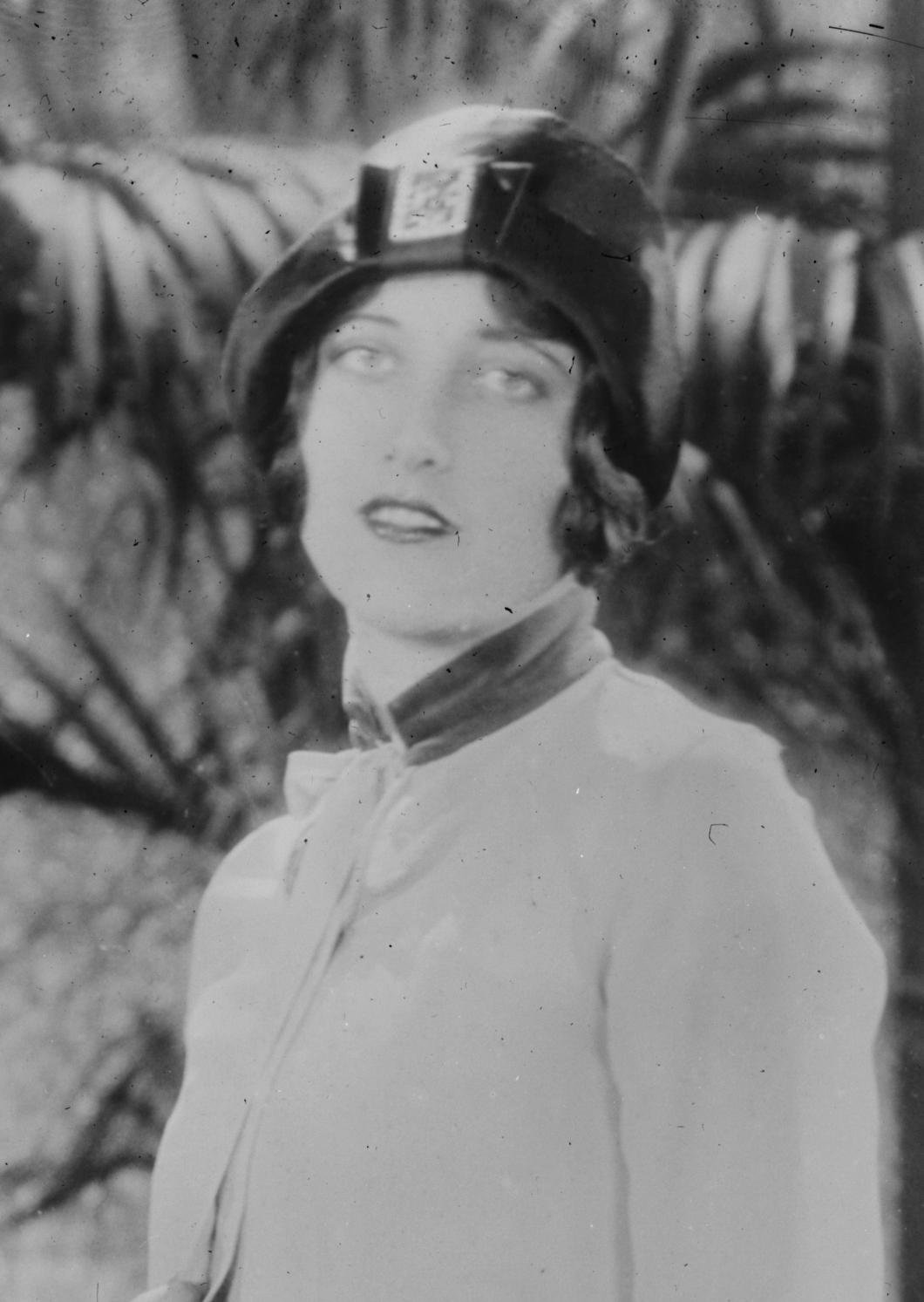
Her lips are thin. Her brows are skinny and angled down. Her hair was still red, and she hadn't started hiding her freckles under layers of heavy makeup.
In short, she's gorgeous — but looks nothing like the Joan Crawford we think about today.
By the mid 1920s, Lucille was a semi-popular silent film actress who just wasn't breaking through — until she was forced to reinvent herself.
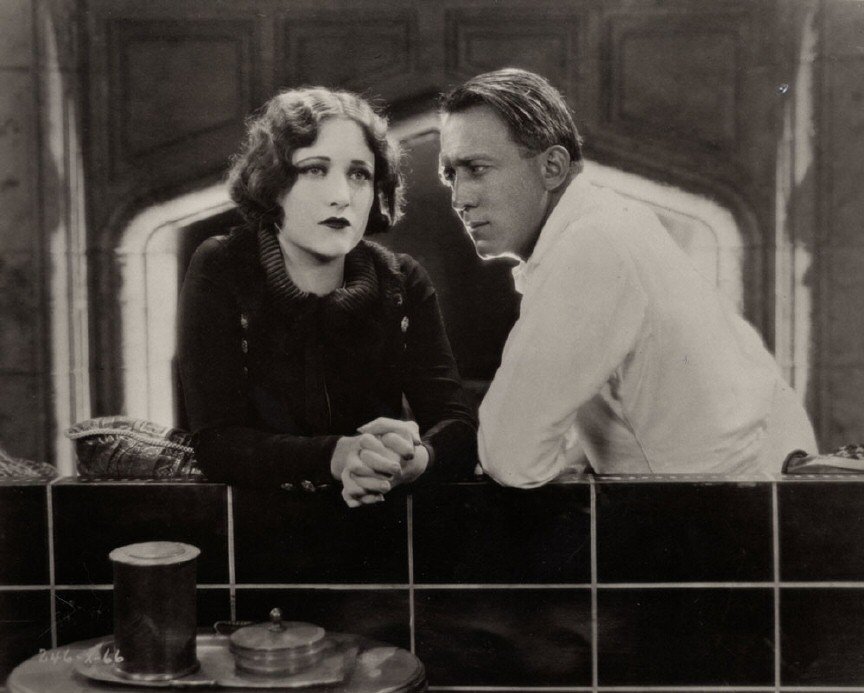
Here's Joan in the 1925 silent film, "Sally, Irene, and Mary," because I just cannot get over this look. Anyway. In the early '30s, MGM chief Louis B. Mayer held a contest to rename Lucille, and hopefully catapult her to stardom — the winner of the $1000 prize suggested "Joan Crawford."
Joan apparently HATED that name, but the studios liked it, so that's who she became. Now she just needed a new look to go along with it — and for that, she needed the KING of makeup.
Enter Max Factor, who singlehandedly invented the beauty look that made Crawford famous.
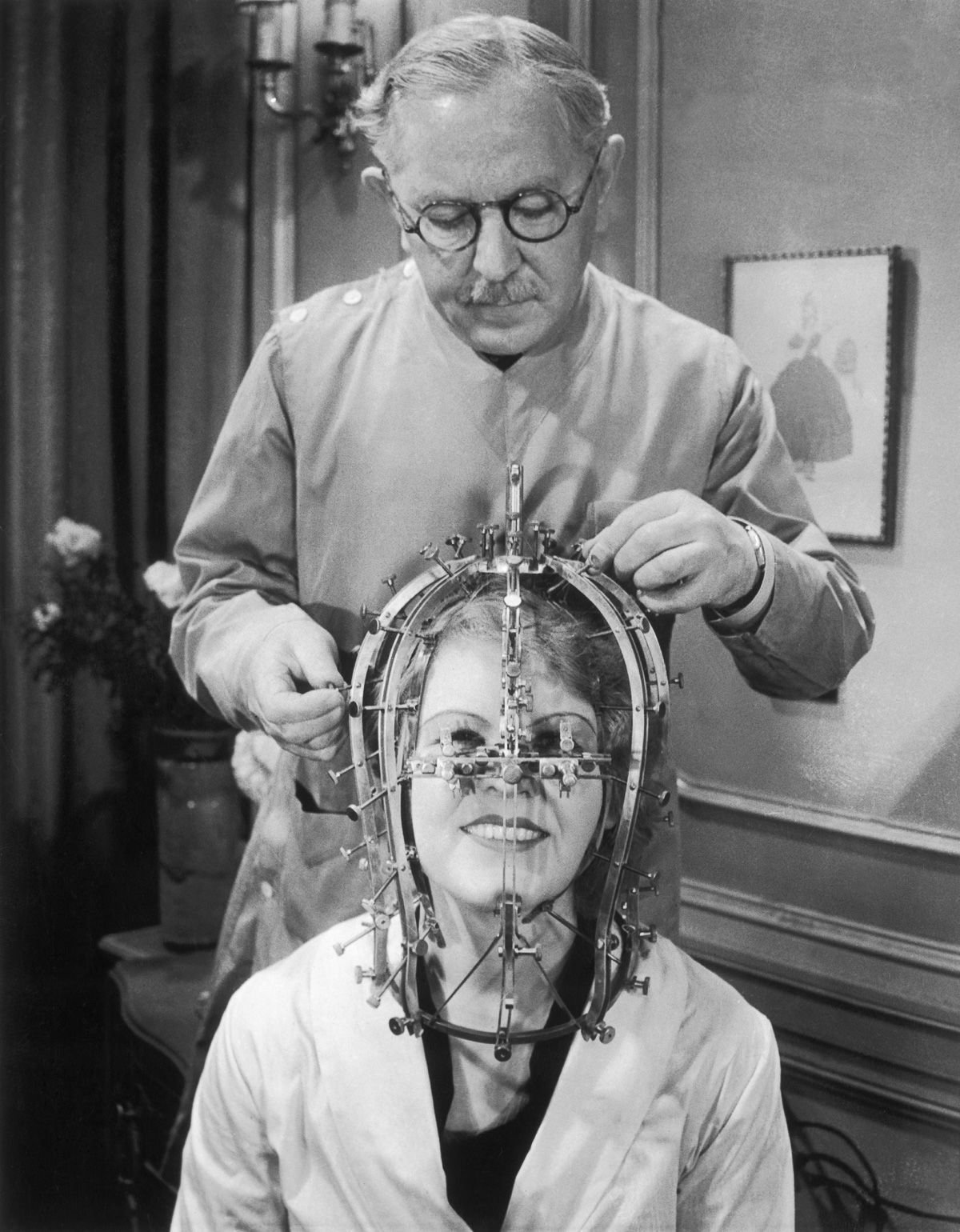
Max Factor created movie makeup. I mean that literally; when film changed, and thick greasepaints no longer looked good onscreen, Factor invented flexible foundations. He was a fascinating guy, and he earned a reputation as the best hair and makeup artist in town.
He was also something of a starmarker; Max gave Jean Harlow her platinum hair, Clara Bow a chic bob, and Lucille Ball her signature false lashes and red curls. And when he met the newly-named Joan Crawford, he knew there was one thing he needed to do.
Joan needed to change her lips — and overdrawing was born.

The best way for Joan to stop getting typecast as a B-list flapper was to give her a larger-than-life makeover. Per the excellent book "Max Factor and Hollywood: A Glamorous History," Factor knew this would start with the lips.
"Not wanting to give her the same Cupid's Bow lip he'd already created for America's sweetheart Clara Bow, Factor went back to the drawing board. For the actress, he would invent the broad "Hunter's Bow" lip. Characterized by it's broad outline of the upper lip, which the makeup guru spread over the Cupid's Bow, the look also became known as "The Smear."
Her overdrawn lips re-launched her career — and the biggest makeup trend of the 1930s.
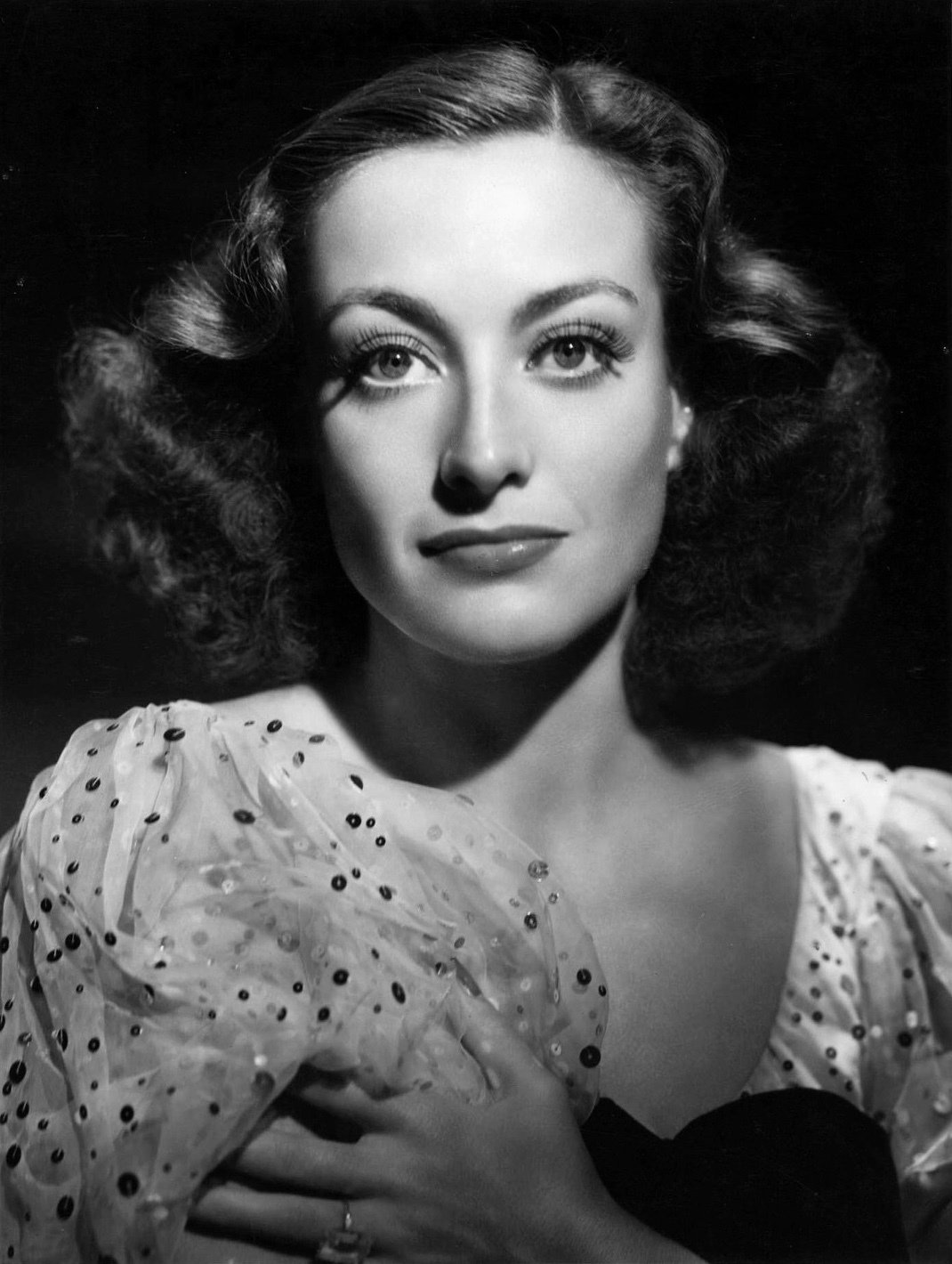
You think the insanity around Kylie Jenner's lips was crazy? Yeah; that's nothing compared to the way women freaked out over Joan's new lewk — newspaper reports at the time credit "The Smear" for causing a 1,500% increase in lipstick sales in the 1930s.
Take that, Lip Kits.
And Joan's iconic overdrawn lipstick is making a comeback — kinda.
FX's new show "Feud" is about the legendary war between Bette Davis and Joan Crawford before, during, and after the filming of "Whatever Happened to Baby Jane?"
Here's hoping this means "The Smear" comes back — I want a long, spread-out upper lip!
Sorry, Kylie — Joan did it best.
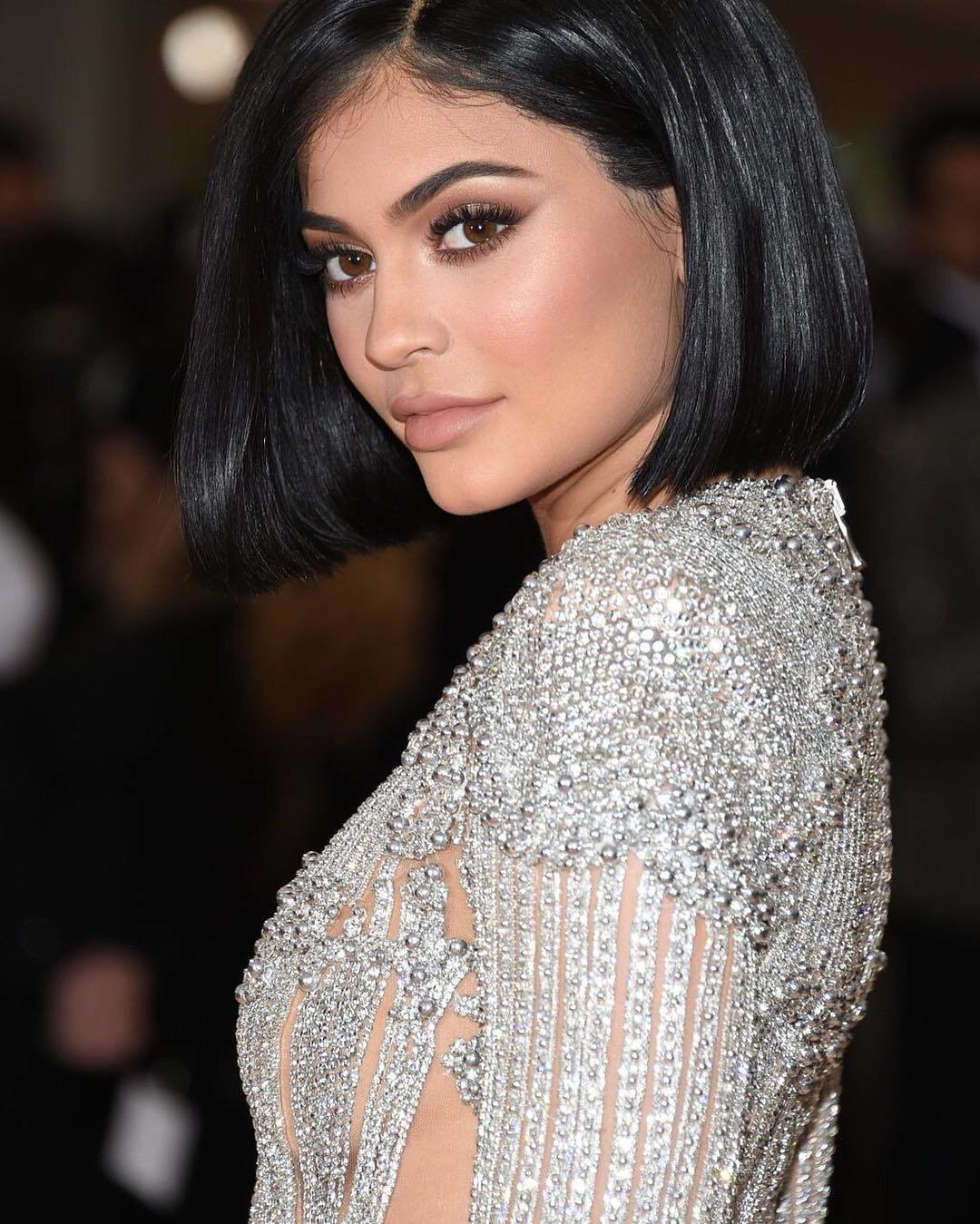
Crawford is our overdrawn queen.



